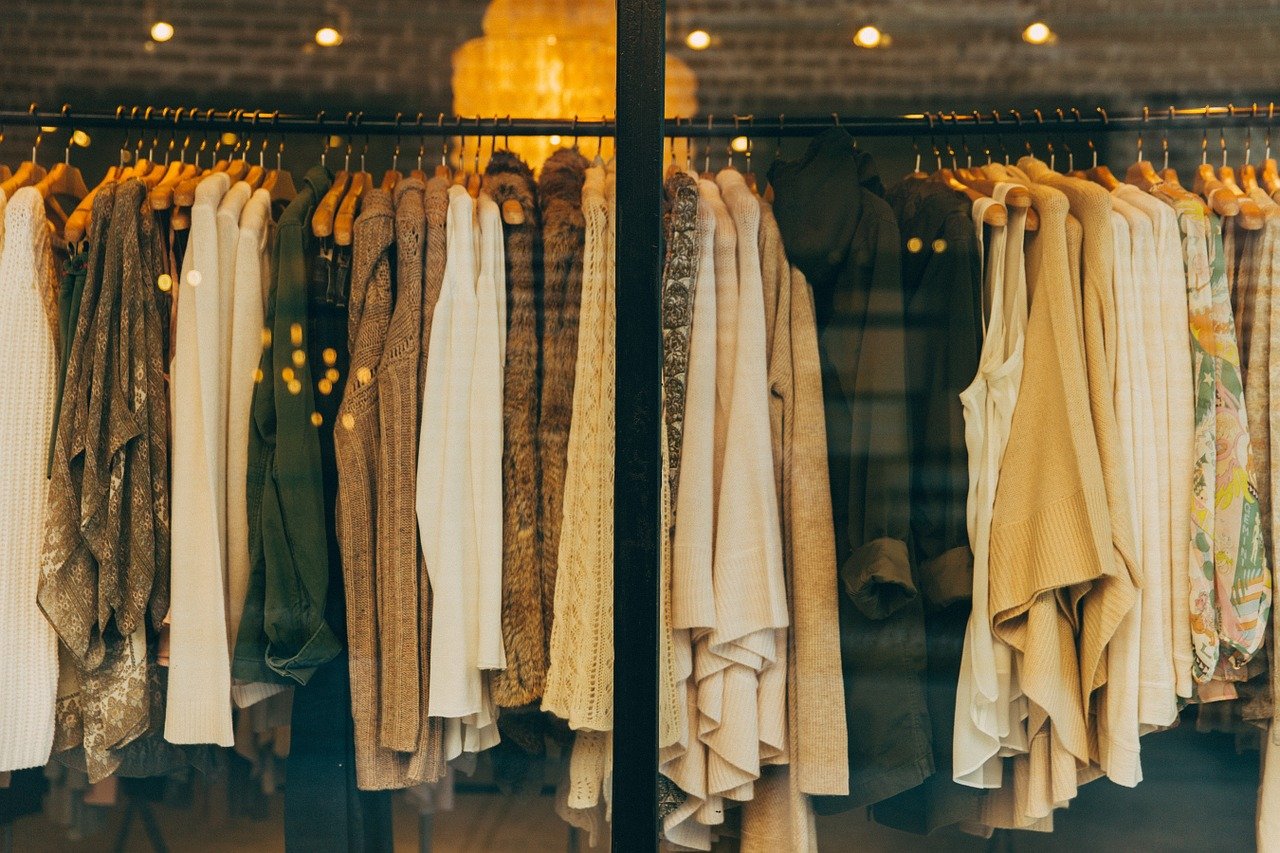The Benefits of Sustainable Clothing
Sustainable clothing is a consciously designed movement and conscious process of cultivating change within the fashion system and textile production towards greater social justice and environmental integrity. Sustainable fashion focuses more on the idea of fair trade than it does address specific garment manufacturers. However, eco-friendly clothing manufacturers are now starting to appear more frequently on labels and store shelves. The label, “fair trade” clearly indicates that an ethical manufacturer supports principles of fair trade, such as respecting workers’ rights, and paying a fair price for their products.
Most people still think of fair trade when they hear the term sustainable clothing. It’s very likely, though, that this is only because fast fashion has come to define the concept of sustainable fashion. What most consumers do not realize is that the term can apply to a wide range of clothing styles and processes, many of which have been in use since the start of industrialization. Sustainable clothing, then, is any style of clothing produced with principles of environmentalism and sustainability in mind. In other words, this broad definition can encompass a large variety of labels, styles, and processes, as well as the way that the clothing is manufactured.
Today’s consumer can easily take control of the items they purchase and can easily reduce their impact on the environment. This will lead to a more sustainable economy in the future, which will only benefit everyone. One of the ways this is achievable is through buying second-hand or used clothes. In the past, people would have to make a trip to their local charity shop and search through piles of second-hand clothing, hoping to find a hidden gem. However, as technology has advanced, there are now numerous online clothing marketplaces that consumers can easily buy and sell used, sustainable clothing from.
Fast Fashion Vs Sustainable Clothing
The first point of difference between sustainable fashion and fast fashion production is the way that fabrics are produced. Most fast fashion production utilizes a very high amount of chemicals and additives to speed up the production of garments. Many factories also use inks and dyes that contain harmful toxins. These practices often result in the death of animals, as well as disfigured and weakened humans. By contrast, sustainable fashion production rarely uses chemicals or toxins, and clothing produced using these ethical methods may be worn by children, adults, and animals without harm coming to them. In addition, the fabrics that are used in this production often last longer than those that are used in other types of fashion production, making the garments more durable and long-lasting.
Another important difference between the two movements is their level of visibility. The sustainability fashion movement is not widely seen by the general public, even though it has had significant success. Major fashion brands are beginning to take notice of the environmental impact that their business has on the world. In fact, many of these companies have stated that they will not produce any new products that derive from sweatshops or regions that do not suffer from poverty and environmental degradation. Other brands, which have previously been silent advocates for environmental causes, are now publicly supporting the sustainable clothing movement, as well.
Larger Brands Push for Greater Sustainability
Some of the largest, most respected brands in the world have become vocal advocates for the sustainable clothing movement, including Burberry, Dior, Adidas, and Nike. These brands have worked hard to create organic and fair-trade brands, and they remain at the forefront of the movement. Other brands, such as Ralph Lauren, have made statements regarding their support for the ethical fashion movement, as well. In addition, major department stores like Wal-Mart and Macy’s have also adopted an eco-friendly approach to their clothing production. As more consumers become aware of the ethical and environmental impact of the products they buy, these companies are likely to see a large increase in sales and profit when they begin to offer green clothes.
While the environmental impact of the production of sustainable clothing is growing rapidly, there is still plenty of room for growth. Many developing countries have little to no room for growth when it comes to sustainable clothing production, so the industry will only continue to grow. However, there is hope for the future, as many companies have begun to provide green clothing that is still designed to look stylish and elegant. In addition, consumers have begun to demand environmentally friendly clothing. Now, instead of only seeing “green” as the word attached to a particular article of clothing, consumers will be more likely to view a label indicating that the fabric is made from sustainable materials.
Cost-Effective Alternative
There are other benefits to purchasing green clothes. For one, these clothes tend to be much less expensive than traditional clothing. The costs associated with emissions have increased greatly over the past few years, but the benefits derived from reducing these emissions have yet to be recognized. By purchasing products that are made from sustainable materials, both the company and the planet are being offered some benefit at the same time.
Final Thoughts
The clothing industry has been criticized in the past for its contribution to global warming. However, many people now realize that by choosing garments that are made using only sustainable fibers, they are taking a positive step in the right direction. By using recycled materials and processes, these companies are not only contributing to the reduction of carbon footprints, but they are also reaping the benefits of using natural resources in their production process.

